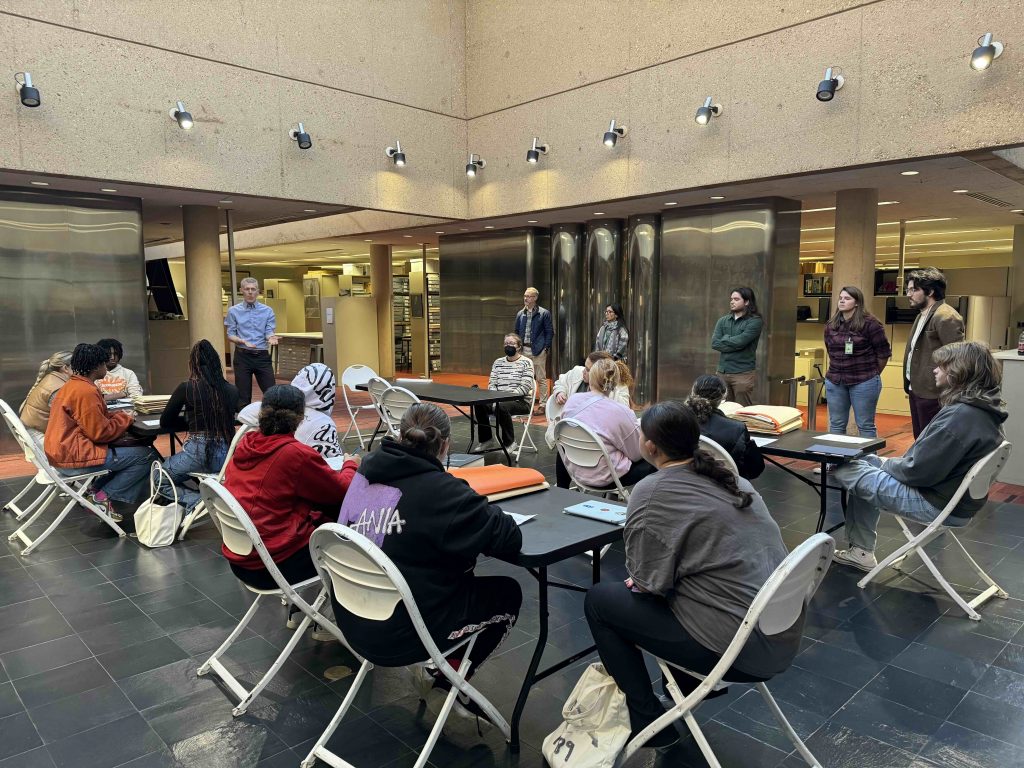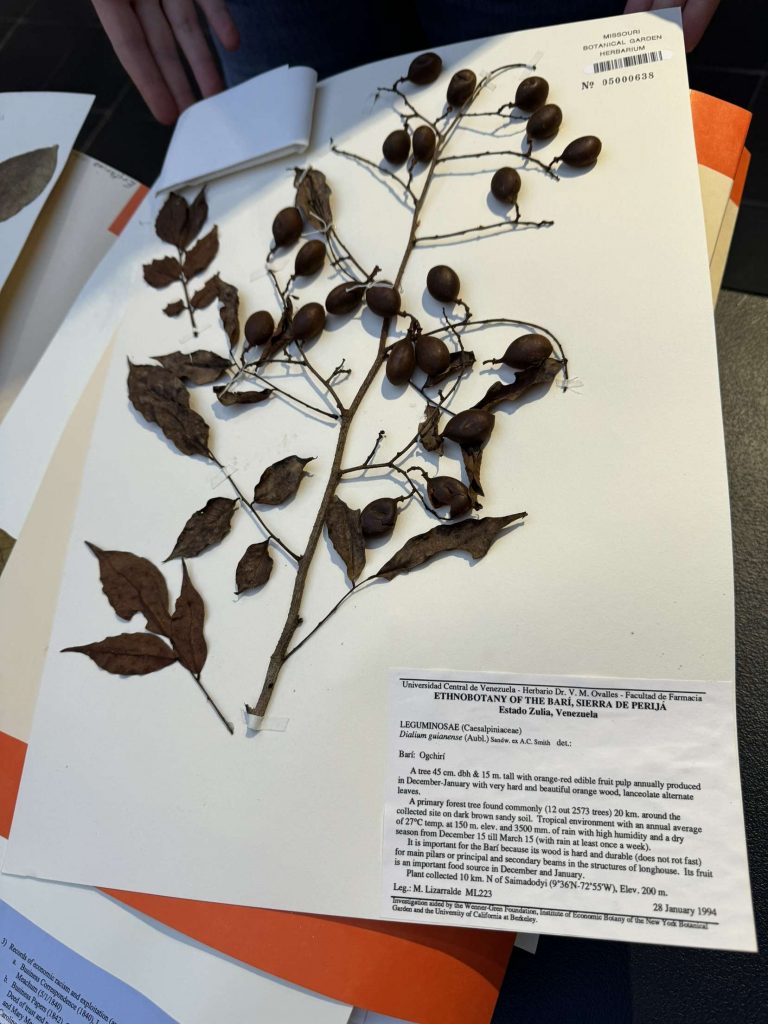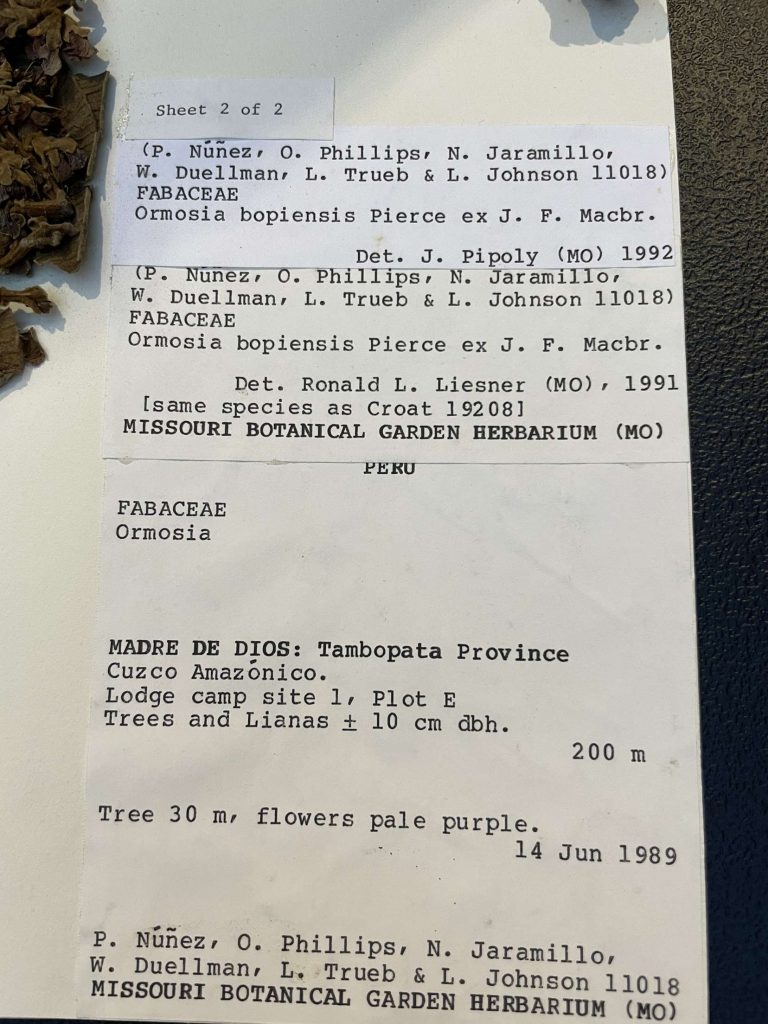Source 1-
The Himalayas cover a vast mountain range of over 2,500 miles located in China, Bhutan, India, Nepal, and Pakistan (Himalayas – an Overview | ScienceDirect Topics). This specific part of the world has been described as “one of the most botanically rich alpine areas in the world” (Martin). The Missouri Botanical Garden had a group of botanists travel to track the change of temperatures among the plants within a 1-1-meter plots and comparing these plants to the same plants from past years. “[The locals] can’t find the plants they normally gather for medicine, incense, or food… because the plants aren’t growing in the same place, aren’t blooming at the same time of year, or are declining in quality” (Martin).
This study done by MOBOT has proven helpful for locals because through this study a threatened wild plant have a sustainable substitute plant found. This substitute plant would be checked by local people and doctors to ensure the cultural value is the same.
This source is important because it shows the rest of the world how real climate change is and to give solid evidence instead of just feelings.
The audience for this source is peoples who are interested in Indigenous knowledge and ethnobotany.
One note I had made from this article is that I found it kind of odd that all of the direct quotes were made from the same person, Robbie Hart. The garden has pushed for the inclusion of outside voices, but when there is an opportunity for those voices and opinions to be included, the only voice that is given is by a white man that appeared to be in charge of the entire process.
Himalayas – an Overview | ScienceDirect Topics. https://www.sciencedirect.com/topics/earth-and-planetary-sciences/himalayas#:~:text=The%20Himalaya%20constitutes%20an%20impressive,abode%20of%20snow%E2%80%9D%20in%20Sanskrit. Accessed 13 Feb. 2024.
Martin, Catherine. “Highs and Lows: How Climate Change Is Impacting People and Plants in the Himalayas.” Missouri Botanical Garden, 8 Dec. 2023, https://discoverandshare.org/2023/12/08/highs-and-lows-how-climate-change-is-impacting-people-and-plants-in-the-himalayas/.
Source 2-
A library located in Vancouver made the decision to change the way that books were categorized in their library. The Xwi7xwa (whei-wha) aims to better reflect Indigenous knowledge peoples instead of from a colonial bias. These librarians of the Xwi7xwa want to get to know visitors on a “physical, emotional, mental, and spiritual level” (Worth). From the standard Dewey Decimal Classification system, Indigenous books are categorized with the folklore and fairytales compared to biblical information which is located in the nonfiction section. The work of the Xwi7xwa librarians has been revolutionary in the Indigenous community for the better.
This source allows the voices of the Indigenous to be heard compared to the previous article that only allowed one voice to be over powerful compared to the voices that needed to be heard.
This source teaches us that the opportunities to put the correct point of views to light helps round the story and take a full grasp of its entirety.
The source’s main claim is that from the first classification of book organization in libraries (Dewey Decimal Classification) “the systems also can’t easily incorporate Native American languages that use non-Roman characters in the spelling of certain words” (Worth).
Worth, Sydney. “This Library Takes an Indigenous Approach to Categorizing Books – YES! Magazine Solutions Journalism.” YES! Magazine, 29 Mar. 2019, https://www.yesmagazine.org/social-justice/2019/03/22/decolonize-western-bias-indigenous-library-books.



